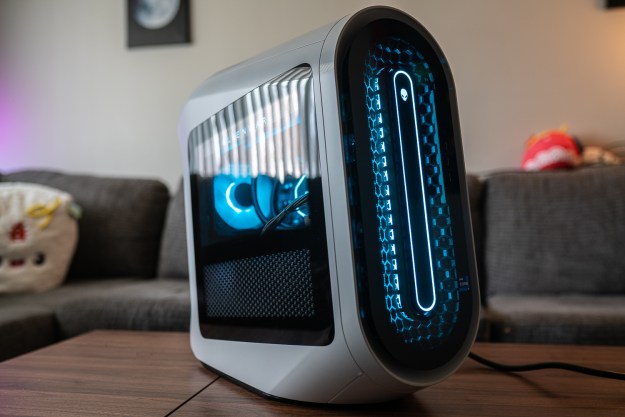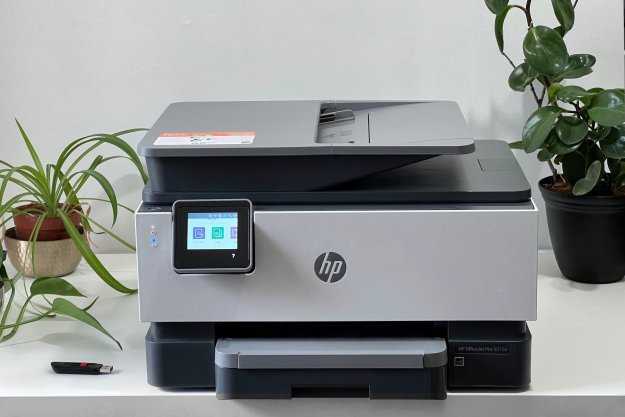
Meet the MoVR team from MIT’s Computer Science and Artificial Intelligence Laboratory (CSAIL). They created a prototype system that can be used with any VR headset to turn those tethered data connections into wireless ones. Right now, that’s the big complaint with high-definition headsets like Rift and Vive: the cable connection limits full physical movement like an anchor keeping a sailing ship stationary.
“It’s very exciting to get a step closer to being able to deliver a high-resolution, wireless-VR experience,” says MIT professor Dina Katabi, whose research group has developed the technology. “The ability to use a cordless headset really deepens the immersive experience of virtual reality and opens up a range of other applications.”
Presently, wireless connectivity for the HTC Vive and Oculus Rift isn’t really an option. They depend on physical cables because high definition, immersive virtual reality, to be believable, must be rendered in two video feeds in real time, one feed for each eye. That means the wireless rate must have a sustained speed of at least 6 gigabits per second — even during physical movement — to successfully suspend reality.
Because of this, we’re currently seeing manufacturers roll out “backpack” solutions that essentially strap a PC to the user’s back. The tethered connections still exist, but the base platform is no longer stationary given it’s mounted on a moving human.
Thus, the MoVR system relies on high-frequency radio signals called “millimeter waves” (mmWaves) that’s capable of delivering data to and from any VR headset at a rate of “multiple” gigabits per second. This is the same radio signals that will eventually help push incredible data speeds to cellular devices via the upcoming 5G networking infrastructure.
The drawback with mmWaves is that the signals can’t handle reflections and obstacles. Typically, that would mean a transmitter needs to be in a direct, unobstructed view of the VR headset’s receiver to keep a continuous flow of data. But with MoVR, this component detects the direction of the incoming signal and then reconfigures itself to bounce that signal to the headset’s receiver. According to the team, MoVR can figure out the correct signal direction “within 2 degrees.”
As for what makes this wireless system tick, MoVR consists of two directional antennas measuring less than half of the size of a credit card. These two antennas are based on phased array technology to focus the signals into narrow beams sending data to and from the VR headset. MoVR can also change the steering of these data beams in mere microseconds.
Right now, the MoVR send/receive unit is rather large, but future versions are expected to be the size of a smartphone. That would essentially allow HTC Vive and Oculus Rift owners to place more than one MoVR transmitter/receiver in a single room, a setup that will not only provide greater freedom of movement, but support more than a single headset in the process.
To read more about the new MoVR project for VR, check out the published paper here (PDF).
Editors' Recommendations
- HTC just fixed a major shortcoming of standalone VR headsets
- How the Vive XR Elite can do high-end VR in a half-pound headset
- Two new ‘game-changing’ VR headsets could arrive at HTC’s ViveCon next week
- The best VR-ready laptops you can buy right now
- HTC’s Vive Pro Eye, a $1,600 VR headset with eye-tracking, is all business


